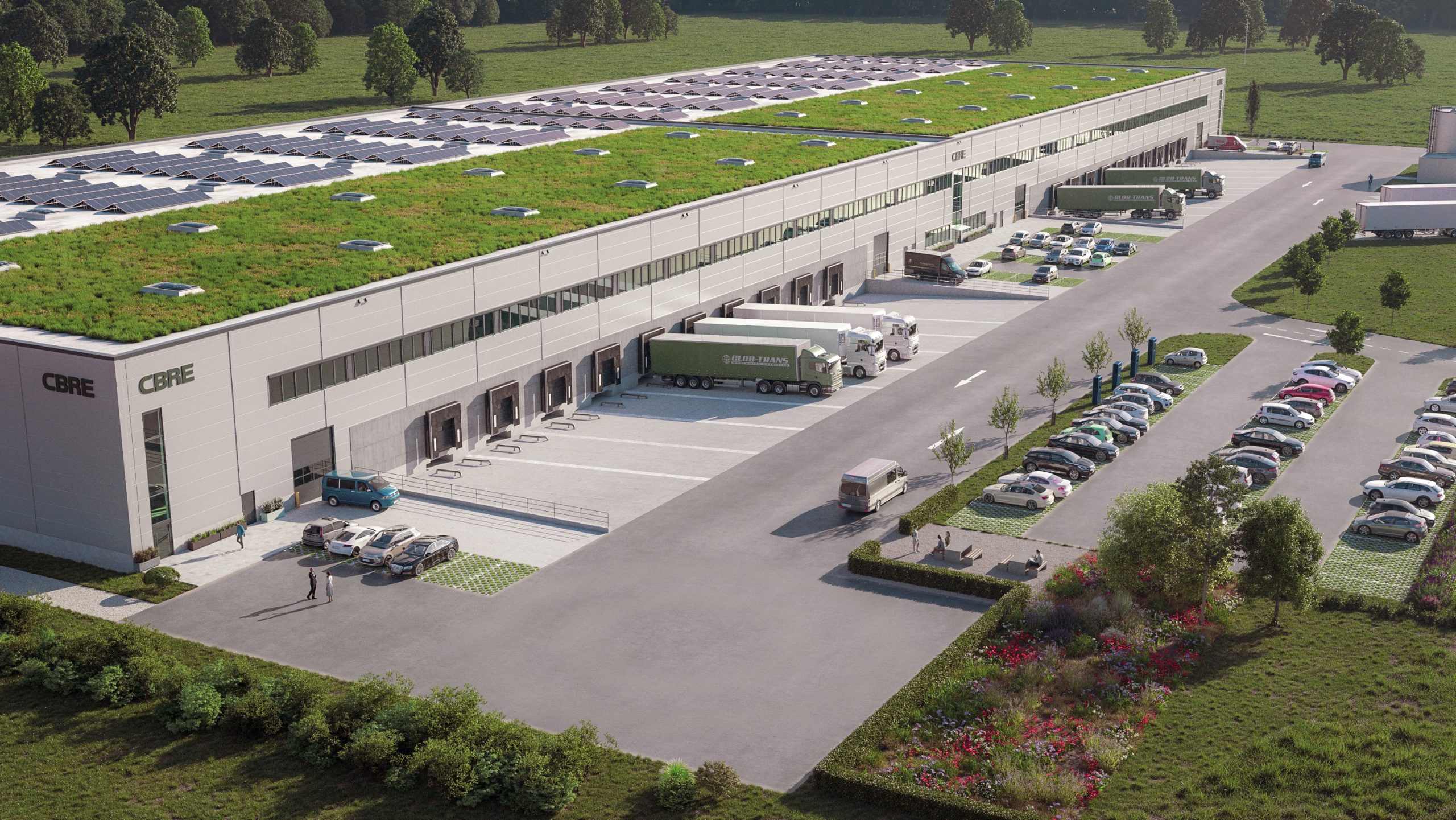Poland’s logistics real estate is attractive to investors
Poland’s logistics real estate is attracting foreign investors. Geopolitical tensions and trade conflicts have had virtually no impact on the sector’s stability.
According to experts, Polish commercial real estate has been growing since the beginning of 2025. The total volume of transactions in the first quarter amounted to €686 million. This figure is 64% higher than the results for the first three months of 2024. Analysts view this growth as a recovery. However, the market has not yet reached the level of 2018–2019. Poland retains its status as an attractive market for both local and foreign investors. The main indicators of the capital structure are as follows:
– 61% of all investments come from European countries;
– of which 32% are investments from countries outside the eurozone;
– investors from the Middle East accounted for 17% of the total volume;
– American capital accounts for 13% of all transactions.
Although the Polish real estate market remains stable, it is under pressure from global factors. The growth of investment activity depends on processes on the world stage. This primarily concerns geopolitical conflicts and trade policy. Experts say positive changes on the international stage could stimulate foreign investment in Poland.
Domestic economic policy also plays an important role. In April 2025, the European Central Bank lowered its key interest rate, which contributed to increased investment activity in the Polish market. The European Commission’s statement on possible further measures to ease monetary policy also inspires additional optimism. This is creating positive expectations among investors.

Overview of the Polish real estate market trends
The first quarter of 2025 saw a growth in transactions for relatively small amounts. Investors are exercising restraint and caution, opting for investments with minimal risk and high predictability.
Key indicators:
1. The number of transactions worth up to €20 million increased by 47%.
2. Transactions ranging from €40 to €100 million grew by 187%.
3. Only three transactions exceeded €50 million per quarter.
This trend indicates increased caution among market participants. Many investors are reluctant to enter into large transactions, fearing instability and potential losses. As a result, demand is shifting toward medium- and small-scale investment projects, where risks are more predictable.
Despite moderate activity, the level of profitability for the main types of properties remains stable:
1. Premium office and industrial properties yield approximately 6.2% per year.
2. Shopping centers provide a return of 6.5%.
3. Logistics real estate yields about 5.3% per year.
Analysts state that investors have adopted a wait-and-see approach. They are mainly expecting a reduction in financing costs and stabilization of the macroeconomic situation. This is evident from the lack of a significant decline in yields.
In the long term, experts predict a gradual decline in commercial real estate yields. The main factor in this process will be falling interest rates.
